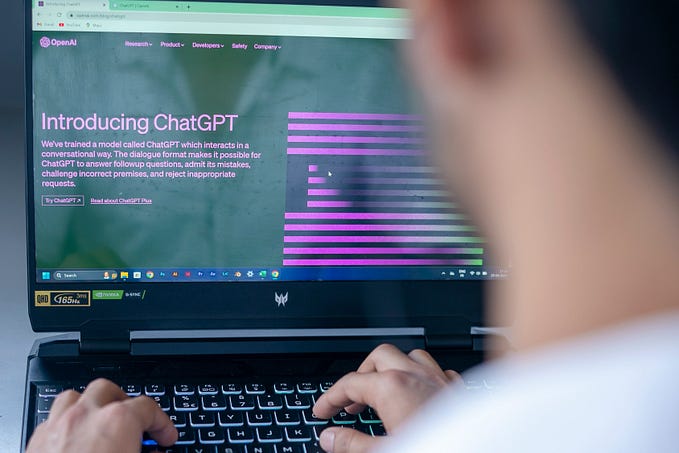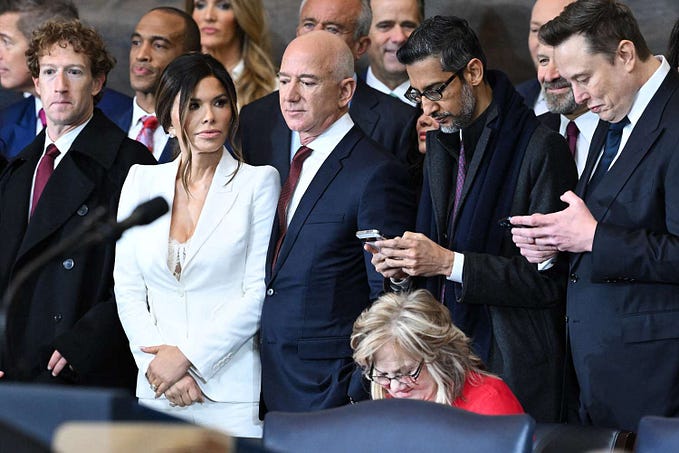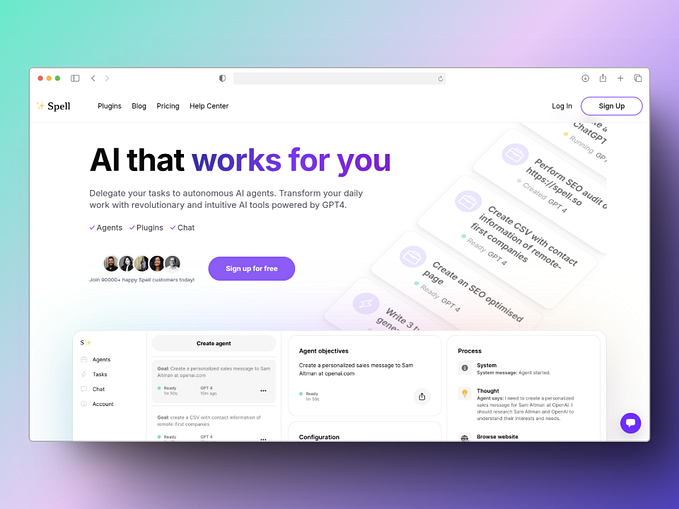Resiliency for Restaurants & Bars
I have never run a restaurant, and haven’t worked in once since I was 19 and was the only barman, waiter, and room service runner the bar (all at once) for a Holiday Inn in Rhode Island for a summer.
I do run a small design studio.
I love going to restaurants and bars — and “Restaurants are Doomed” articles like this are making me sad. This is a simple thought experiment on a business model for resilient small and mid-sized restaurants/bars and other place-based businesses in a post-COVID world.
Before I make an ass of myself
I’m going to work from one big, basic assumption — if you could make between $1.5 million and $2.5 million per year, you could run a profitable small restaurant. I am taking this number from this terrific “How Much Does It Cost to Run a Restaurant” article from Mei Mei owner Irene Li.
I’m also not going to do any more complex math in terms of food costs, rent, etc. Don’t stop reading yet.
Restaurants: A Subscription Model
Here’s the simple, basic idea. For restaurants with a built in audience (the food is great, the chef is known, it’s a neighborhood gem), let’s adopt a subscription model.
I am going to outline two simple variations of the model, but to keep it simple, people could buy monthly subscriptions to a restaurant, which would give them the right to one table per month. That’s it.
Model 1: $20/month reserves you a table, but you pay for food/drinks as you normally would.
Here’s my basic math.
Tables: 30 tables in a restaurant (assume each table seats 2-4)
Services: 2 per night (assume 7 pm and 9 pm)
Days/month: 21 (open 5 nights a week, rounding off)
Total available “spots” per month: 1260 (30 x 2 x 21)
Monthly recurring revenue from tickets: $25,200 (1260 x $20)
Yearly recurring revenue from tickets: $302,400
If we assume 20 employees, that would be an average of $1260/month guaranteed revenue per employee (or $15,120 per year).
Model 2: $120/month reserves you a table and pays for the full meal for a table for 2 … assuming that $60/person for dinner is reasonable.
Here’s my basic math.
Tables: 30 tables in a restaurant (assume each table seats 2-4)
Services: 2 per night (assume 7 pm and 9 pm)
Days/month: 21 (open 5 nights a week, rounding off)
Total available “spots” per month: 1260 (30 x 2 x 21)
Monthly recurring revenue : $151,200 (1260 x $120)
Yearly recurring revenue from tickets: $1,814,400
If we assume 20 employees, that would be an average of $7560/month guaranteed revenue per employee (or $90,720 per year).

Here’s a link to the Google Sheet.
Economic & Post-COVID Resilience
I don’t know if this math works for the fundamental economics of restaurants — I haven’t run one. But I think it does.
There are a lot of up-front benefits to this model: predictable revenue, a living wage pay scale, predictable nightly services. It would take a modest amount of technology to support it (Resy and Tock probably have the infrastructure basically in place).
But in a post-COVID world where there exists a possibility of regular, seasonal disruptions to place-based businesses, there are additional benefits:
- minimal, recurring revenue (in model 1) that I bet most patrons would continue even if they didn’t get food b/c of their relationship with the restaurant and its people
- opportunity to seamlessly shift from a dine-in to delivery service during a “lockdown”
Rebuilding Trust: In Places, In People
One of the great challenges of a post-COVID world will be how to rebuild trust in places, if everyone is fearful of germs. While the one thing I don’t like about the idea I’ve presented is its potential for “exclusivity,” I think it could be done in a way that helps rebuild trust … between a restaurant and its patrons, and between the patrons themselves:
- with an established, known customer base (think of this almost like a social club) … you could probably enforce policies like thermometer checks before dining, if that is the future dystopia we have to live in
- having a more set customer base might also have social benefits, in terms of building community and trust among patrons (in general)
New Chefs, New Starts, and 2019
A lot of the GoFundMes and gift certificates that restaurants are running now to support their staffs and weather the immediate crises are kind of like models for this, but what if (when it was time to re-open) restaurants could adopt a model like this to lock in some income as they get back on their feet?
And what if, (in some future where this model exists), for one month a year the restaurant turned over the menu to a “new chef” as a way for that chef to put his/her/their food in front of the entire “club” and, if they like it, pre-sell subscriptions to his/her/their club for the next year.
Like a built in way to build audience and de-risk starting a restaurant in the first place?
Stray Notes
Of course, there are lots of variations to how this might work:
- you could do this for certain days or portions of restaurants (depending on size)
- you could maintain takeout service, or a separate bar/dining area that served walk-ins in a more traditional sense
- for popular restaurants, of course their would be a wait list for the subscription … a built in way, if someone cancels, you could just keep making your number
- doesn’t take into account changing the equity relationship of partners/owners/staff or potentially the benefit of owning vs. renting space
- doesn’t take into account how you might try to scale this … but a known chef could potentially have multiple “clubs” in different neighborhoods
- I realize some people are trying things like this, but I haven’t done any deep research yet as to why this might or might not work
I would love your thoughts. Email me at ritik [at] studiorodrigo [dot] com.
www.studiorodrigo.com










